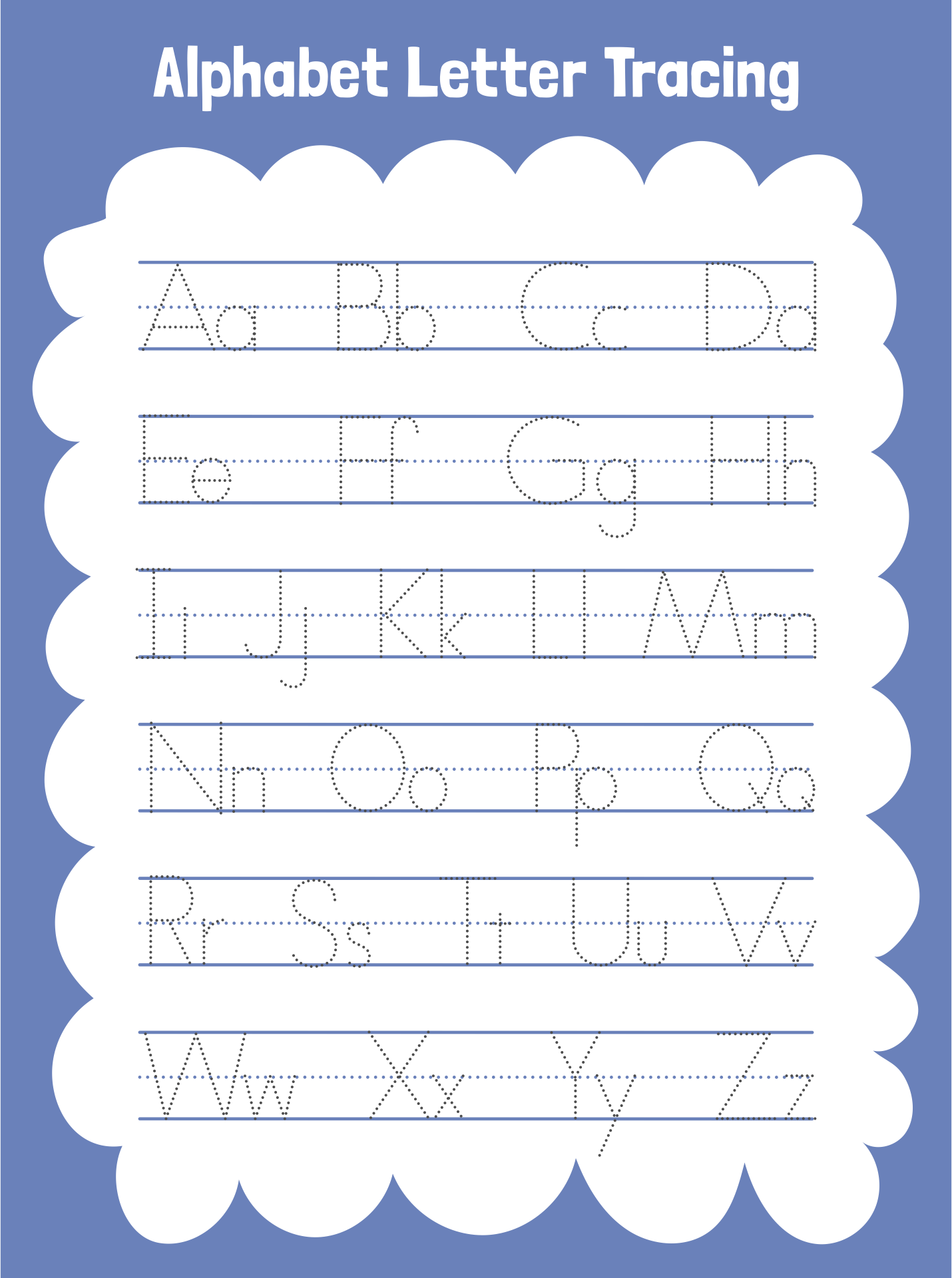Tracing lines worksheets are a great way to help young children develop their fine motor skills and hand-eye coordination. These worksheets provide a fun and interactive way for 3 year olds to practice their pencil grip and control while also learning to follow lines and shapes.
At this age, children are eager to learn and explore their surroundings. Tracing lines worksheets can be a valuable tool in helping them develop the skills they need to be successful in school and in life.
Tracing lines worksheets typically consist of different types of lines and shapes for children to trace. These can include straight lines, curved lines, zig-zag lines, and circles. By practicing tracing these lines, children can improve their hand control and coordination.
As children progress through the worksheets, they can also work on more advanced skills such as tracing shapes and letters. This can help them prepare for writing and drawing activities in preschool and kindergarten.
Tracing lines worksheets are also a great way to build confidence in young children. As they successfully trace each line, they will feel a sense of accomplishment and pride in their work. This positive reinforcement can help motivate them to continue practicing and improving their skills.
In conclusion, tracing lines worksheets are a valuable tool for helping 3 year olds develop their fine motor skills and hand-eye coordination. By practicing tracing lines and shapes, children can improve their pencil grip and control while also preparing for writing and drawing activities in school. These worksheets provide a fun and interactive way for young children to learn and grow, setting them up for success in the future.
